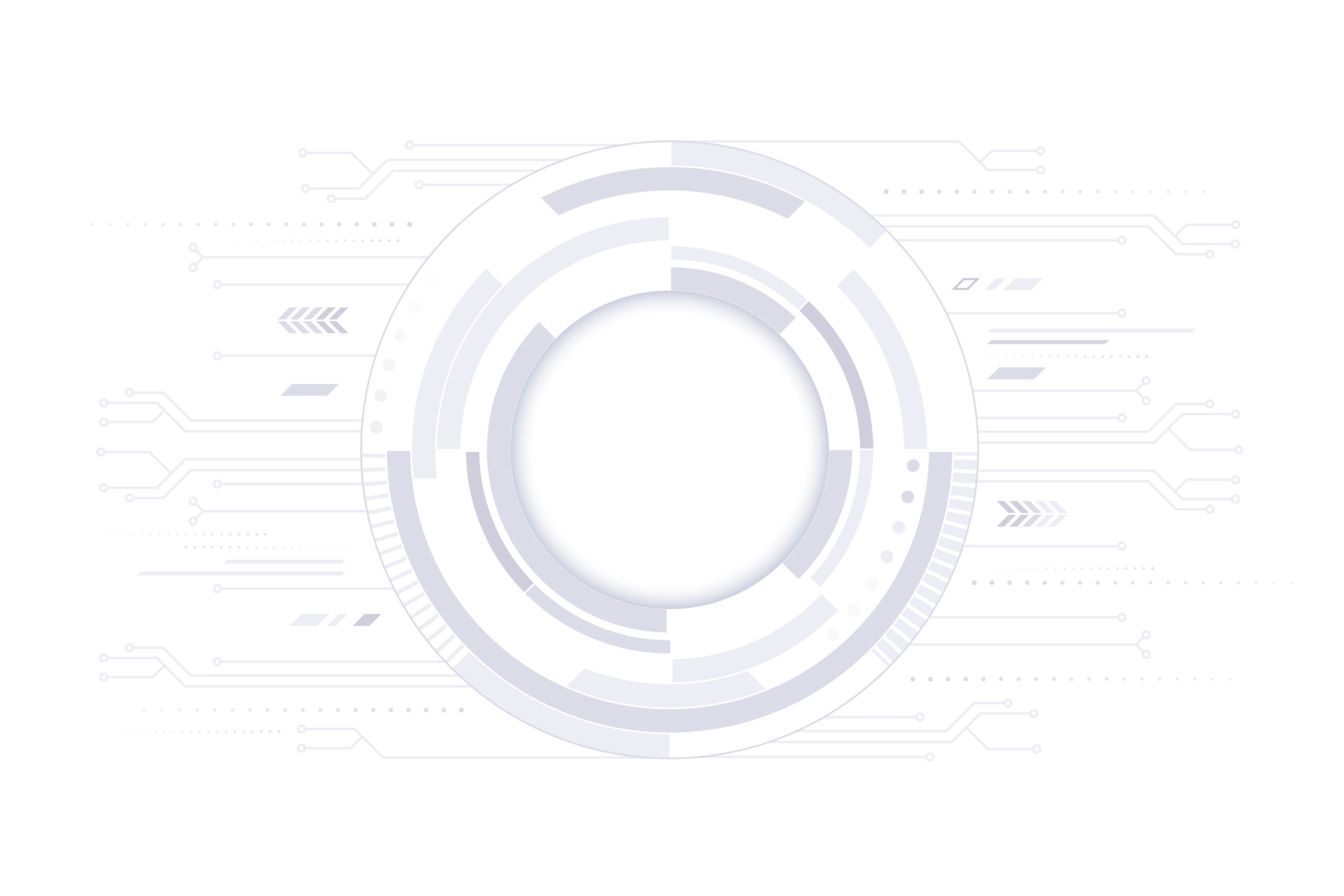In the ever-expanding landscape of big data, organizations are constantly seeking innovative tools and technologies to aggregate, process, and analyze vast amounts of data from diverse sources. These data aggregation tools serve as the backbone of modern data-driven decision-making, enabling organizations to derive actionable insights and gain a competitive edge in today’s digital economy. As we step into 2024, let’s explore the top 10 data aggregation tools that are revolutionizing the way organizations harness the power of big data.
1. Apache Kafka
Pros:
- Scalability: Apache Kafka is renowned for its ability to handle massive streams of data with ease, making it highly scalable for organizations of all sizes.
- Real-time Processing: With its distributed architecture and support for real-time data streaming, Kafka enables organizations to process data as it arrives, facilitating timely decision-making.
- Fault Tolerance: Kafka’s replication mechanism ensures high availability and fault tolerance, minimizing the risk of data loss or downtime.
- Integration: Kafka integrates seamlessly with a wide range of data processing frameworks and tools, making it a versatile choice for data aggregation and processing.
Cons:
- Complexity: Setting up and managing Kafka clusters can be complex and resource-intensive, requiring specialized knowledge and expertise.
- Operational Overhead: Maintaining Kafka clusters requires ongoing monitoring, tuning, and optimization to ensure optimal performance and reliability.
- Cost: While Kafka itself is open-source, organizations may incur costs associated with infrastructure, maintenance, and support services.
2. Apache Spark
Pros:
- Speed: Apache Spark is renowned for its lightning-fast processing speed, enabling organizations to perform complex data transformations and analytics tasks quickly and efficiently.
- Versatility: Spark supports multiple programming languages, including Java, Scala, and Python, making it accessible to a wide range of developers and data engineers.
- In-Memory Processing: Spark’s in-memory processing capabilities allow it to cache data in memory for faster access, resulting in improved performance for iterative and interactive analytics workloads.
- Advanced Analytics: Spark offers a rich set of libraries and APIs for machine learning, graph processing, and SQL-based analytics, enabling organizations to perform advanced analytics on large datasets.
Cons:
- Resource Requirements: Spark’s in-memory processing model requires significant memory and computational resources, which can lead to scalability and cost challenges for organizations with limited resources.
- Complexity: While Spark provides powerful features and capabilities, mastering its full potential requires a steep learning curve, particularly for users new to distributed computing and big data technologies.
3. Amazon Kinesis
Pros:
- Fully Managed: Amazon Kinesis is a fully managed service, eliminating the need for organizations to provision, configure, and manage infrastructure for data streaming and processing.
- Scalability: Kinesis scales automatically to handle any amount of streaming data, allowing organizations to focus on building applications without worrying about infrastructure constraints.
- Integration: Kinesis integrates seamlessly with other AWS services, such as Lambda, S3, and Redshift, enabling organizations to build end-to-end data processing pipelines within the AWS ecosystem.
- Security: Kinesis provides robust security features, including encryption, access control, and compliance certifications, ensuring the confidentiality and integrity of data streams.
Cons:
- Vendor Lock-in: Organizations that rely heavily on Amazon Kinesis may face vendor lock-in, limiting their flexibility and portability across different cloud providers or on-premises environments.
- Cost: While Kinesis offers a pay-as-you-go pricing model, organizations with high data volumes may incur significant costs, especially for data transfer and processing.
- Complexity: Configuring and optimizing Kinesis data streams and applications may require expertise in AWS services and architectures, posing challenges for organizations with limited cloud experience.
4. Google Cloud Pub/Sub
Pros:
- Scalability: Google Cloud Pub/Sub is designed to handle massive volumes of data with low latency and high throughput, making it suitable for real-time data streaming and processing.
- Reliability: Pub/Sub guarantees at-least-once delivery of messages, ensuring that no data is lost even in the event of system failures or network disruptions.
- Integration: Pub/Sub integrates seamlessly with other Google Cloud services, such as BigQuery, Dataflow, and TensorFlow, enabling organizations to build end-to-end data processing pipelines within the Google Cloud ecosystem.
- Global Availability: Pub/Sub is available in multiple regions worldwide, allowing organizations to deploy data processing pipelines closer to their data sources for reduced latency and improved performance.
Cons:
- Limited Features: Compared to other data aggregation tools, Pub/Sub may lack some advanced features and capabilities, such as complex event processing or built-in analytics.
- Vendor Lock-in: Organizations that rely solely on Google Cloud Pub/Sub may face vendor lock-in, limiting their ability to migrate to other cloud providers or on-premises environments.
- Cost: While Pub/Sub offers competitive pricing, organizations with high data volumes or complex use cases may incur additional costs for data storage, transfer, and processing.
5. Microsoft Azure Event Hubs
Pros:
- Scalability: Microsoft Azure Event Hubs is built to handle massive streams of data with low latency and high throughput, making it suitable for real-time data ingestion and processing.
- Integration: Event Hubs seamlessly integrates with other Azure services, such as Azure Functions, Stream Analytics, and Machine Learning, enabling organizations to build comprehensive data processing solutions within the Azure ecosystem.
- Elasticity: Event Hubs automatically scales to accommodate fluctuations in data volumes, ensuring optimal performance and reliability without manual intervention.
- Security: Event Hubs provides robust security features, including encryption, access control, and compliance certifications, ensuring the confidentiality and integrity of data streams.
Cons:
- Complexity: Configuring and managing Event Hubs instances and data processing pipelines may require expertise in Azure services and architectures, posing challenges for organizations with limited cloud experience.
- Cost: While Event Hubs offers competitive pricing, organizations with high data volumes or complex use cases may incur additional costs for data storage, transfer, and processing.
- Vendor Lock-in: Organizations that rely heavily on Azure Event Hubs may face vendor lock-in, limiting their ability to migrate to other cloud providers or on-premises environments.
6. Talend Data Streams
Pros:
- Fully Managed: Talend Data Streams is a fully managed service, allowing organizations to focus on data integration and analysis without worrying about infrastructure management.
- Ease of Use: With an intuitive user interface and drag-and-drop functionality, Talend Data Streams simplifies the process of building and deploying data pipelines.
- Scalability: Data Streams scales automatically to handle growing data volumes, ensuring optimal performance and reliability without manual intervention.
- Integration: Data Streams integrates seamlessly with other Talend products and third-party services, enabling organizations to build end-to-end data integration and analytics solutions.
Cons:
- Vendor Lock-in: Organizations that rely solely on Talend Data Streams may face vendor lock-in, limiting their flexibility and portability across different platforms or environments.
- Cost: While Data Streams offers a subscription-based pricing model, organizations with high data volumes or complex use cases may incur additional costs for data processing and integration.
- Feature Set: Data Streams may lack some advanced features and capabilities compared to other data aggregation tools, depending on the specific requirements of the organization.
7. Informatica Intelligent Cloud Services (IICS)
Pros:
- Comprehensive Integration: Informatica IICS offers a comprehensive suite of data integration, data quality, and data governance services, enabling organizations to streamline their data workflows and ensure data accuracy and consistency.
- Scalability: IICS scales automatically to handle growing data volumes and processing requirements, ensuring optimal performance and reliability without manual intervention.
- Ease of Use: With an intuitive user interface and visual tools for building data integration workflows, IICS simplifies the process of designing, deploying, and managing data pipelines.
- Integration: IICS integrates seamlessly with a wide range of data sources, applications, and cloud platforms, enabling organizations to build end-to-end data integration and analytics solutions.
Cons:
- Cost: Informatica IICS may be more expensive compared to other data aggregation tools, especially for organizations with large-scale data integration and processing requirements.
- Complexity: Configuring and optimizing data integration workflows in IICS may require expertise in Informatica products and technologies, posing challenges for organizations with limited experience or resources.
- Vendor Lock-in: Organizations that rely heavily on Informatica IICS may face vendor lock-in, limiting their flexibility and portability across different platforms or environments.
8. Snowflake Data Cloud
Pros:
- Cloud-native Architecture: Snowflake Data Cloud is built on a cloud-native architecture, offering elastic scalability, pay-as-you-go pricing, and seamless integration with other cloud services.
- Performance: Snowflake’s unique multi-cluster, shared data architecture ensures high performance and concurrency for data processing and analytics workloads.
- Ease of Use: With an intuitive user interface and SQL-based querying capabilities, Snowflake simplifies the process of data ingestion, transformation, and analysis for organizations of all sizes.
- Security: Snowflake provides robust security features, including encryption, access control, and compliance certifications, ensuring the confidentiality and integrity of data stored in the cloud.
Cons:
- Cost: While Snowflake offers a pay-as-you-go pricing model, organizations with large-scale data processing and storage requirements may incur significant costs, especially for compute resources and data storage.
- Integration: Snowflake integrates seamlessly with other cloud services and data aggregation tools, but organizations may encounter challenges when migrating existing workloads and data pipelines to the Snowflake platform.
- Vendor Lock-in: Organizations that rely heavily on Snowflake may face vendor lock-in, limiting their flexibility and portability across different cloud providers or on-premises environments.
9. Databricks Unified Data Analytics Platform
Pros:
- Unified Platform: Databricks offers a unified platform for data engineering, data science, and machine learning, enabling organizations to build end-to-end data analytics solutions in a single environment.
- Performance: Databricks leverages Apache Spark’s distributed processing engine to deliver high performance and scalability for data processing and analytics workloads.
- Collaboration: Databricks provides collaborative features and tools for data teams, allowing them to share code, notebooks, and insights across the organization.
- Integration: Databricks integrates seamlessly with other cloud services and data sources, enabling organizations to build comprehensive data analytics solutions within the Databricks environment.
Cons:
- Cost: While Databricks offers a subscription-based pricing model, organizations with large-scale data analytics requirements may incur significant costs, especially for compute resources and data storage.
- Complexity: Configuring and optimizing data analytics workflows in Databricks may require expertise in Apache Spark, distributed computing, and data science, posing challenges for organizations with limited experience or resources.
- Vendor Lock-in: Organizations that rely heavily on Databricks may face vendor lock-in, limiting their flexibility and portability across different platforms or environments.
10. Tableau
Pros:
- Data Visualization: Tableau is renowned for its powerful data visualization capabilities, enabling organizations to create interactive and insightful dashboards, reports, and visualizations from diverse data sources.
- Ease of Use: With an intuitive drag-and-drop interface and a wide range of pre-built templates and visualizations, Tableau makes it easy for users to explore and analyze data without the need for extensive technical skills.
- Integration: Tableau integrates seamlessly with a wide range of data sources, databases, and data aggregation tools, enabling organizations to visualize and analyze data from multiple sources in a single dashboard.
- Collaboration: Tableau provides collaborative features and tools for data teams, allowing them to share insights, collaborate on analyses, and make data-driven decisions together.
Cons:
- Scalability: While Tableau is suitable for small to medium-sized organizations, it may face scalability challenges for large-scale data analytics and visualization requirements.
- Cost: Tableau’s licensing model may be expensive for organizations with large numbers of users or complex use cases, especially for enterprise-wide deployments or advanced features.
- Data Preparation: Tableau’s data preparation capabilities may be limited compared to dedicated data integration and data preparation tools, posing challenges for organizations with complex data cleansing and transformation requirements.
Conclusion
In conclusion, the top 10 data aggregation tools in 2024 offer a diverse range of features and capabilities to meet the evolving needs of modern organizations. Whether you prioritize scalability, performance, ease of use, or integration with existing systems, there is a data aggregation tool available to suit your requirements. By carefully evaluating the pros and cons of each tool and considering your organization’s specific use case, you can choose the right tool to unlock the full potential of your data and drive business success in the data-driven era.







